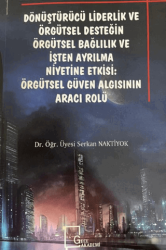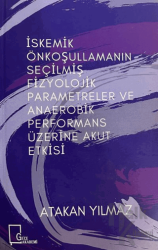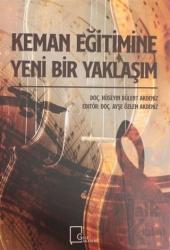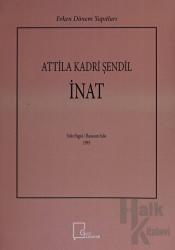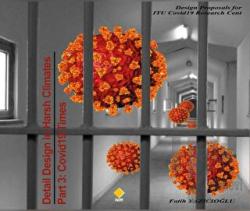Detail Design in Harsh ClimatesPart 2: Amazon Region

We are in 2040. Global Climate Change has increased in the last 20 years, so the climate of the Earth has differed than the past. In order to escape this harsh condition mankind has paid attention to space and has searched for living on Moon or Mars. However, they could not evolve enough in this time, and their physical needs go on the same way. This case has induced for technological development in many fields like architecture. So, one of the critical research topics for architects has become 'building design in harsh climate'.
On the other hand, some scientist still works about the Earth. They are thinking about fixing the global climate change by science. For this purpose, research stations will be constructed in critical points in the world with the support of various universities. ITU and University of São Paulo have made an agreement about constructing a new research station for Environmental Studies in the Amazon region. As ITU graduate architects, your task is to design the detail designs of the research station built in one of the hottest and humid regions on earth; the Amazon region.
The research station will be first used by 20 scientists; in time the number will be increased to 40. The research station should be designed to be moved as any type of in situ construction is very difficult in the region. As the region is dramatically important for the sake of the world the station should minimize the production and use of electric, water, heat, etc. Also, ITU wants the station to be designed with a sustainable approach to be a model for future stations in the region. ITU’s long term intention is to have a minimum, zero energy, and carbon neutral station. The station will comprise of a living room, dining, kitchen, bedrooms, bathrooms, technical spaces, warehouses, a research tower, and 3 laboratories.
At the end, fifteen inspiring design alternatives are designed and detailed. All of which has a creative function, conceptual design idea, detail solutions and documentations which are almost ready for construction.
- Açıklama
We are in 2040. Global Climate Change has increased in the last 20 years, so the climate of the Earth has differed than the past. In order to escape this harsh condition mankind has paid attention to space and has searched for living on Moon or Mars. However, they could not evolve enough in this time, and their physical needs go on the same way. This case has induced for technological development in many fields like architecture. So, one of the critical research topics for architects has become 'building design in harsh climate'.
On the other hand, some scientist still works about the Earth. They are thinking about fixing the global climate change by science. For this purpose, research stations will be constructed in critical points in the world with the support of various universities. ITU and University of São Paulo have made an agreement about constructing a new research station for Environmental Studies in the Amazon region. As ITU graduate architects, your task is to design the detail designs of the research station built in one of the hottest and humid regions on earth; the Amazon region.
The research station will be first used by 20 scientists; in time the number will be increased to 40. The research station should be designed to be moved as any type of in situ construction is very difficult in the region. As the region is dramatically important for the sake of the world the station should minimize the production and use of electric, water, heat, etc. Also, ITU wants the station to be designed with a sustainable approach to be a model for future stations in the region. ITU’s long term intention is to have a minimum, zero energy, and carbon neutral station. The station will comprise of a living room, dining, kitchen, bedrooms, bathrooms, technical spaces, warehouses, a research tower, and 3 laboratories.
At the end, fifteen inspiring design alternatives are designed and detailed. All of which has a creative function, conceptual design idea, detail solutions and documentations which are almost ready for construction.
Format:Kitap
- Taksit Seçenekleri
- Axess KartlarTaksit SayısıTaksit tutarıGenel ToplamTek Çekim446,22446,222232,03464,073157,66472,99680,32481,92954,54490,84Finansbank KartlarıTaksit SayısıTaksit tutarıGenel ToplamTek Çekim446,22446,222232,03464,073157,66472,99680,32481,92954,54490,84Bonus KartlarTaksit SayısıTaksit tutarıGenel ToplamTek Çekim446,22446,222232,03464,073157,66472,99680,32481,92954,54490,84Paraf KartlarTaksit SayısıTaksit tutarıGenel ToplamTek Çekim446,22446,222232,03464,073157,66472,99680,32481,92954,54490,84Maximum KartlarTaksit SayısıTaksit tutarıGenel ToplamTek Çekim446,22446,222232,03464,073157,66472,99680,32481,92954,54490,84World KartlarTaksit SayısıTaksit tutarıGenel ToplamTek Çekim446,22446,222232,03464,073157,66472,99680,32481,92954,54490,84Diğer KartlarTaksit SayısıTaksit tutarıGenel ToplamTek Çekim446,22446,222--3--6--9--
- Yorumlar
- Yorum yazBu kitabı henüz kimse eleştirmemiş.
- Yayınevinin Diğer Kitapları
- Yazarın Diğer Kitapları




